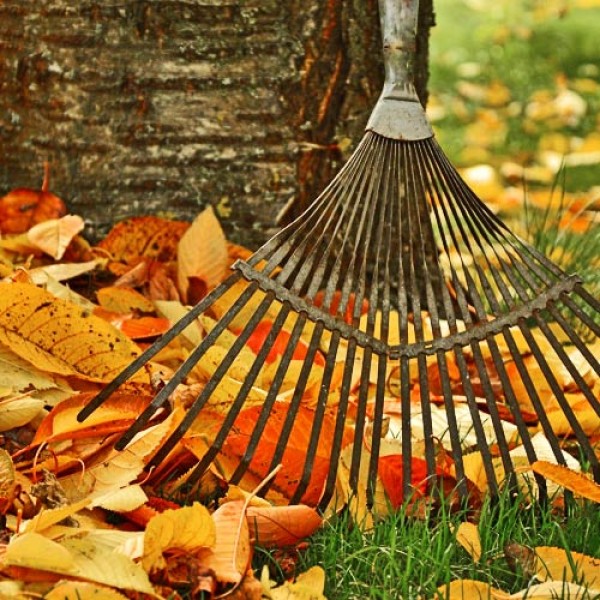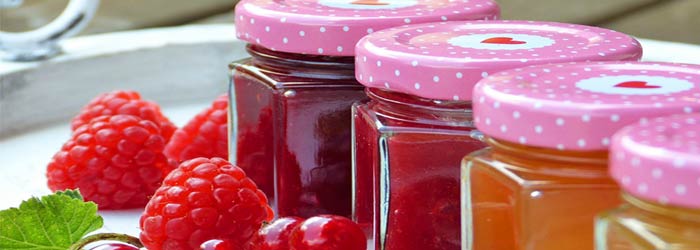
Winterrising the garden
1. Leaves in the garden
Although it may be an annoyance, people are becoming more and more aware of the importance of leaves in the garden. Just clear the lawn off the fallen leaves to avoid brown patches later. The collected leaves are an excellent cover and provide plants as frost protection. Pile up leaves to give wildlife a shelter and earth animals like earthworms and beetles a food source.
2. Pruning tress
When autumn arrives in the garden, the trees and shrubs need to be pruned back.It is important to cut off all dead or damaged branches with pruning shears or loppers. Trees or shrubs that are too large can be cut off close to the crotch this way the plants keep their topiary. If you want to help nature, cut off dead perennials only in spring; they serve as winter quarters for insects.
3. Emptying rain Barrels and watering cans
Before the first frost comes, rain barrels and watering cans should be emptied. As long as your plants still need to be watered, it is best to keep refilling the watering cans. Store rain barrels and watering cans in a dry and frost-protected place.
4. Turn off water / stow garden hoses
Winterise the water pipes and outdoor water taps. To do this, turn off the pipe and open the tap. In the case of frost, the remaining water in the tap can expand sideways and there will be no damages to the walls. Drain the garden hoses and store them in a frost-proof place. This will prevent the rubber from tearing or bursting.
5. Winterise the pond
Check your pond pump - a lot of older models are not frost-resistant and must be removed from the pond before the first frost. Most pumps cannot stay dry in storage, so please follow the pond pump manufacturer`s instructions. The only exceptions are heated ponds, where the pumps can run all year round. For unheated ponds, an ice-free holder should be installed to ensure enough oxygen for the creatures in the pond.
6. Put garden furniture into storage
It is time for your garden furniture to be moved to a dry area. Wooden furniture in especially will break very quickly if left outside. Clean your garden furniture, dry it well and store it in the attic, basement or garden house. This way you will avoid damage and enjoy your furniture for the next year.
7. Planting early spring flowers
Would you like to have a colourful garden with lots of beautiful early flowers in spring? Then put flower bulbs and tubers for tulips, crocuses, daffodils etc. in the ground during the frost-free days. This way you will have a colourful garden in spring.8. Protect potted plants and exotics in winter
There are two ways to protect your exotics and potted plants in winter: Give larger exotics to garden centres with heated greenhouses, or put the plants in your own home. For overwintering, the following rule applies: The cooler the place - even darker it can be! Make sure the temperature is around 5°C, otherwise your plants may get cold damage. Wrap up the plants. Protect the root balls with fleece and put the plants on polystyrene plates. The plates will keep the plants warm from the ground. You can protect the crowns with some fleece. The pots can be protected with bubble wrap and wrapped with linen or coconut mats.
9. Mow the lawn
Mow the lawn one last time before the onset of winter. Leave the blades a little longer, so that the lawn has more strength to resist the moss. Then clean your lawn mower and store it in the garden house or garage.
10. Feeding stations for animals
Install feeding stations for birds and small rodents in your garden. Our native birds, but also hedgehogs and squirrels, often have problems finding enough food at the start of winter and need people`s help. Check the feeding stations regularly.
Now you`ve done it, enjoy the view of the garden with a warm cup of tea and give yourself a little pat on the back for all your hard work. Your garden is ready for the winter season.










